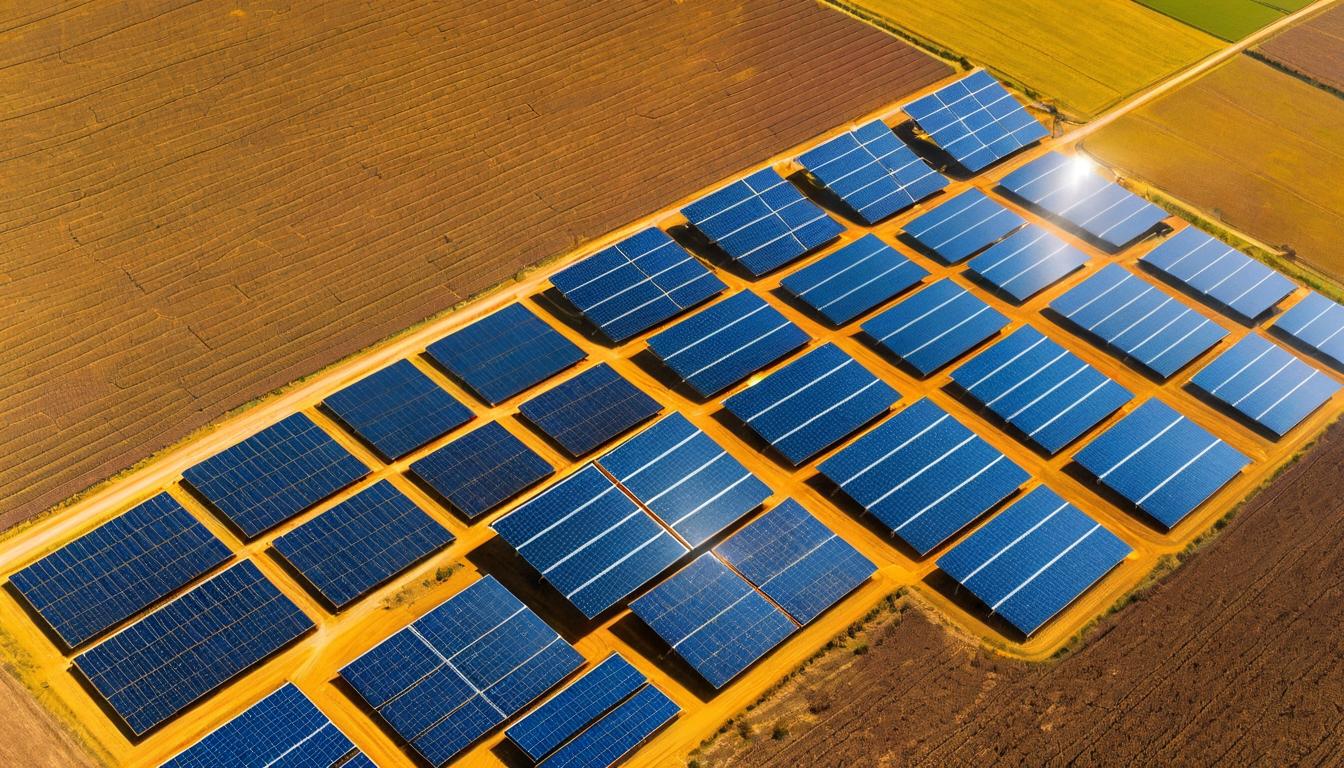Walking through the sprawling solar farm in California's Mojave Desert, I couldn't help but feel I was witnessing something extraordinary. Not just the endless rows of panels glinting in the harsh sun, but something more profound—a quiet revolution that's been unfolding while most of us weren't looking. The solar industry has been undergoing transformations so rapid and fundamental that even experts struggle to keep pace.
What struck me most during my investigation wasn't just the scale of solar adoption, but the sophistication behind it. We've moved far beyond the simple silicon panels of yesteryear. Today's solar installations are intelligent ecosystems, capable of predicting weather patterns, adjusting angles throughout the day, and communicating with grid operators in real-time. The panels themselves have become smarter, with embedded microchips that can identify shading issues or performance degradation before human operators ever notice.
One of the most exciting developments comes from the world of perovskite solar cells. I visited a lab where researchers are achieving conversion efficiencies that would have been considered science fiction just five years ago. The lead researcher, Dr. Elena Martinez, showed me cells that could theoretically reach 40% efficiency—nearly double what's commercially available today. "We're not just improving solar," she told me, "we're reimagining what's possible. Soon, your windows, your car's roof, even your clothing could be generating power."
The manufacturing side tells an equally compelling story. Automated factories now produce solar panels with robotic precision, driving costs down to levels that make fossil fuels increasingly uncompetitive. But here's the twist: the real innovation isn't in making panels cheaper—it's in making them better. New bifacial panels capture sunlight from both sides, while transparent solar materials are turning entire building facades into power generators.
Storage technology has been the missing piece of the solar puzzle, but that's changing faster than anyone predicted. I spent time with homeowners in Arizona who've completely disconnected from the grid, relying instead on solar panels and advanced battery systems. Their systems aren't just backup power—they're sophisticated energy management platforms that learn household patterns and optimize energy usage throughout the day.
The financial landscape has transformed just as dramatically. Solar-as-a-service models mean homeowners can install systems with zero upfront costs, while community solar projects are bringing clean energy to renters and low-income households. The most innovative programs I encountered allow neighbors to trade excess solar power directly with each other, creating micro-grids that operate independently of traditional utilities.
What surprised me most during my research was discovering how solar is reshaping agriculture. Farmers are installing panels above crops in what's being called "agrivoltaics"—a practice that provides shade for plants while generating electricity. The results are remarkable: certain crops actually thrive under partial shade, water evaporation decreases, and farmers gain a reliable second income stream.
The international picture reveals even more dramatic shifts. Countries that once relied heavily on fossil fuels are leapfrogging directly to solar, building massive projects that power entire regions. In some developing nations, solar micro-grids are bringing electricity to remote villages for the first time, transforming education, healthcare, and economic opportunities.
Yet challenges remain. The solar industry faces supply chain constraints, regulatory hurdles, and the ongoing need for grid modernization. But what I found most encouraging was the collaborative spirit among researchers, manufacturers, and policymakers. They're not just solving technical problems—they're building an entirely new energy paradigm.
The human stories behind this transition are perhaps the most compelling. I met former coal miners now manufacturing solar components, oil industry engineers who've retrained as renewable energy specialists, and communities that have revitalized their economies through solar manufacturing. Their experiences suggest we're not just changing how we power our world—we're changing who benefits from that power.
As I concluded my investigation, one truth became abundantly clear: we're living through the early stages of an energy transformation that will reshape our world as profoundly as the industrial revolution. The solar panels we see today are merely the visible tip of an innovation iceberg that extends from nanotechnology laboratories to smart grid control rooms to international policy forums. The future isn't just bright—it's positively solar-powered.
The solar revolution you haven't heard about: how new technologies are changing everything

